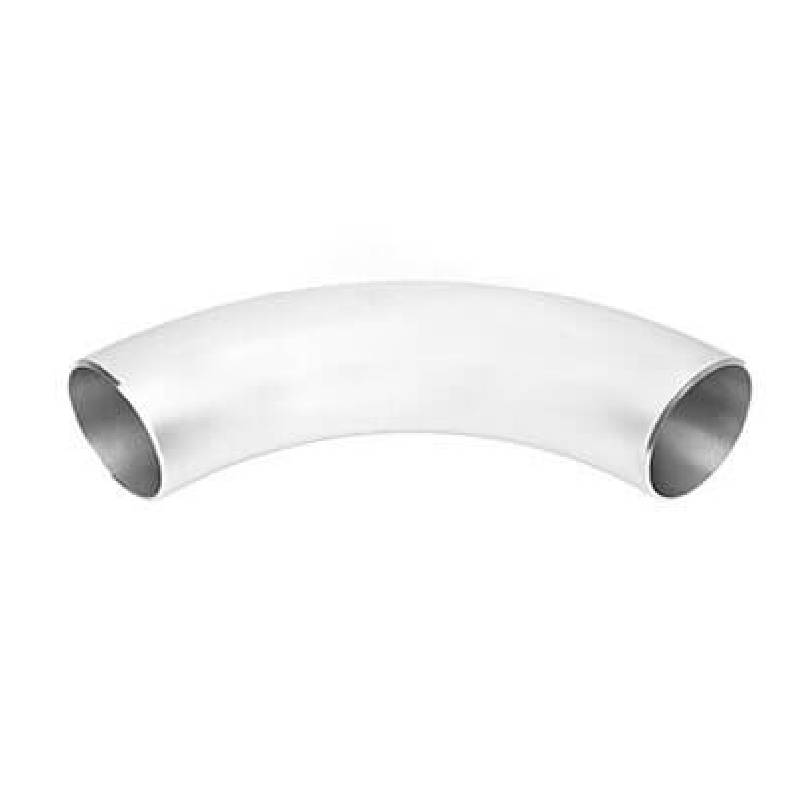-
Cangzhou Yulong Steel Co., Ltd.
-
Phone:
+86 13303177267 -
Email:
admin@ylsteelfittings.com
- English
- Arabic
- Italian
- Spanish
- Portuguese
- German
- kazakh
- Persian
- Greek
- French
- Russian
- Polish
- Thai
- Indonesian
- Vietnamese
- Zulu
- Korean
- Uzbek
- Hindi
- Serbian
- Malay
- Ukrainian
- Gujarati
- Haitian Creole
- hausa
- hawaiian
- Hebrew
- Miao
- Hungarian
- Icelandic
- igbo
- irish
- Japanese
- Javanese
- Kannada
- Khmer
- Rwandese
- Afrikaans
- Albanian
- Amharic
- Armenian
- Azerbaijani
- Basque
- Belarusian
- Bengali
- Bosnian
- Bulgarian
- Catalan
- Cebuano
- China
- China (Taiwan)
- Corsican
- Croatian
- Czech
- Danish
- Esperanto
- Estonian
- Finnish
- Frisian
- Galician
- Georgian
- Kurdish
- Kyrgyz
- Lao
- Latin
- Latvian
- Lithuanian
- Luxembourgish
- Macedonian
- Malgashi
- Malayalam
- Maltese
- Maori
- Marathi
- Mongolian
- Myanmar
- Nepali
- Norwegian
- Norwegian
- Occitan
- Pashto
- Dutch
- Punjabi
- Romanian
- Samoan
- Scottish Gaelic
- Sesotho
- Shona
- Sindhi
- Sinhala
- Slovak
- Slovenian
- Somali
- Sundanese
- Swahili
- Swedish
- Tagalog
- Tajik
- Tamil
- Tatar
- Telugu
- Turkish
- Turkmen
- Urdu
- Uighur
- Welsh
- Bantu
- Yiddish
- Yoruba

Nov . 19, 2024 01:36 Back to list
ANSI 150 Blind Flange Specifications and Applications for Various Industries
Understanding Blind Flanges ANSI 150 Standards
Blind flanges are crucial components in various piping systems, serving primarily as a seal for the end of a pipe or for equipment connections that do not require a throughway. The ANSI (American National Standards Institute) 150 specification is particularly significant within industrial applications, as it establishes guidelines for dimensions, pressure ratings, and materials, ensuring interoperability and safety in piping design.
What is a Blind Flange?
A blind flange is a flat piece of metal that is used to cover the opening of a pipe, pressure vessel, or other equipment. Unlike other types of flanges that allow the connection of two pipes or vessels, a blind flange does not have a central hole. This design makes it ideal for closing off a pipe system temporarily or permanently. They can be used in various applications, including chemical processes, oil and gas, water treatment, and more.
ANSI 150 Standards
The ANSI 150 standard specifies the design and pressure rating criteria for flanges used in different operating conditions. The 150 in ANSI 150 refers to the pressure class, signifying the maximum pressure a flange can withstand at a given temperature. Flanges rated at ANSI 150 can handle pressures up to 150 psi (pounds per square inch) at ambient temperature, making them suitable for low to moderate pressure applications.
Materials and Construction
blind flange ansi 150

Blind flanges according to ANSI 150 can be manufactured from a variety of materials, including carbon steel, stainless steel, and alloy steel. The choice of material depends on the application's specific needs, including pressure, temperature, and the chemical nature of the fluid. For environments with high corrosion potential, stainless steel or specialized alloys may be chosen to ensure longevity and resistance to wear.
Dimensions and Specifications
ANSI 150 blind flanges come in various sizes, making them highly versatile. The dimensions are critical since they must match the pipe size they will be sealing. Common standards for placement include bolt hole patterns and sizes, which are designed to fit the corresponding pipe fittings and ensure a reliable seal. These standards provide uniformity across different manufacturers, facilitating easier replacements and installations.
Applications
In practice, ANSI 150 blind flanges are widely used in pipeline systems that require periodic maintenance or inspection. They allow for easy isolation of equipment, enabling safe access for repairs without requiring drastic reconfigurations of the piping system. Industries that often use blind flanges include petrochemicals, power generation, and water treatment, among others.
Conclusion
Blind flanges adhering to ANSI 150 standards are vital components in the integrity and safety of piping systems. Their ability to close ends securely while offering specific pressure ratings ensures they play a crucial role in industrial applications. Understanding their specifications, materials, and uses helps industry professionals make informed decisions regarding their piping solutions, ultimately contributing to the efficiency and safety of operations.
Latest news
-
ANSI 150P SS304 SO FLANGE
NewsFeb.14,2025
-
ASTM A333GR6 STEEL PIPE
NewsJan.20,2025
-
ANSI B16.5 WELDING NECK FLANGE
NewsJan.15,2026
-
ANSI B16.5 SLIP-ON FLANGE
NewsApr.19,2024
-
SABS 1123 FLANGE
NewsJan.15,2025
-
DIN86044 PLATE FLANGE
NewsApr.19,2024
-
DIN2527 BLIND FLANGE
NewsApr.12,2024
-
JIS B2311 Butt-Welding Fittings LR/SR 45°/90° /180°Seamless/Weld
NewsApr.23,2024











